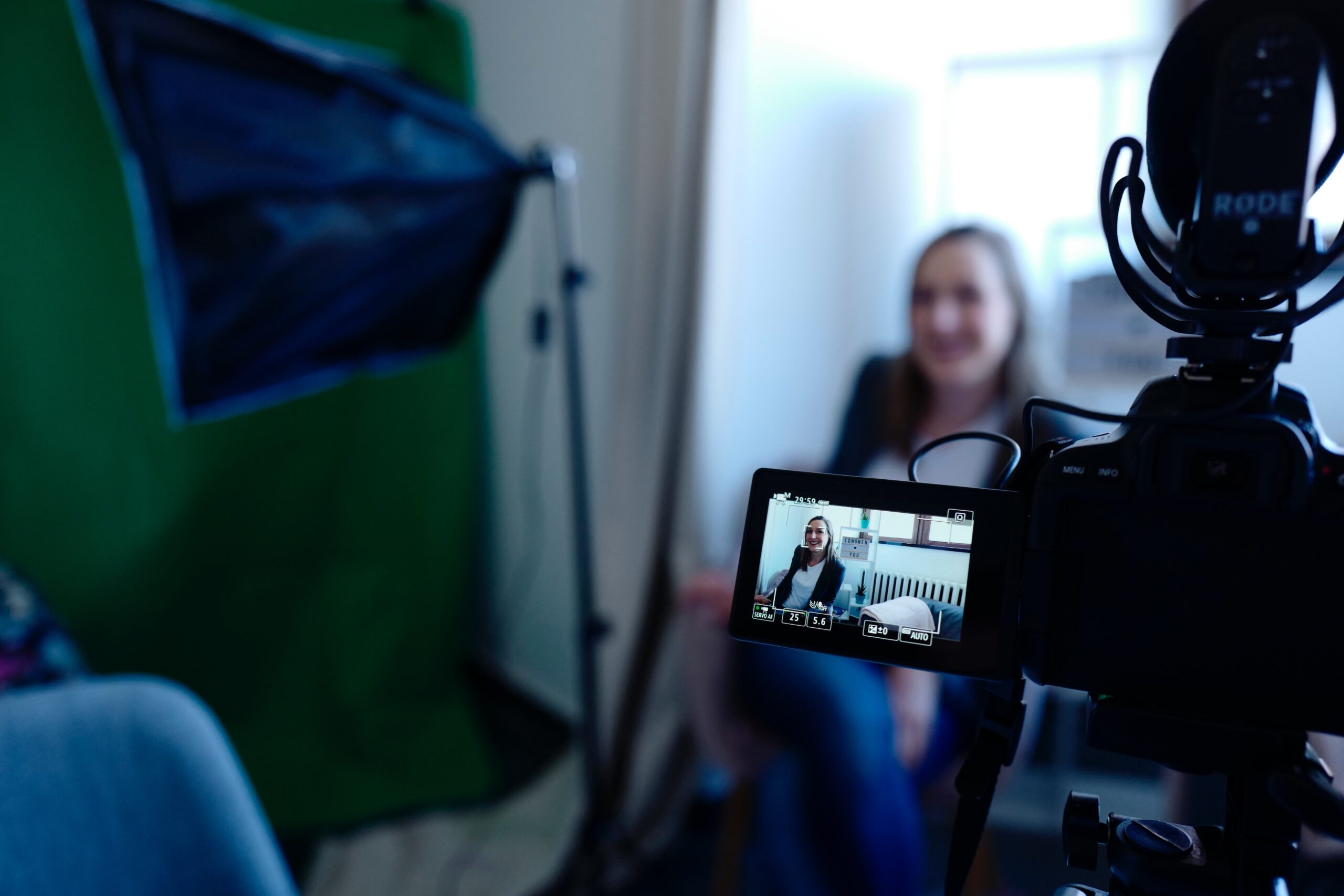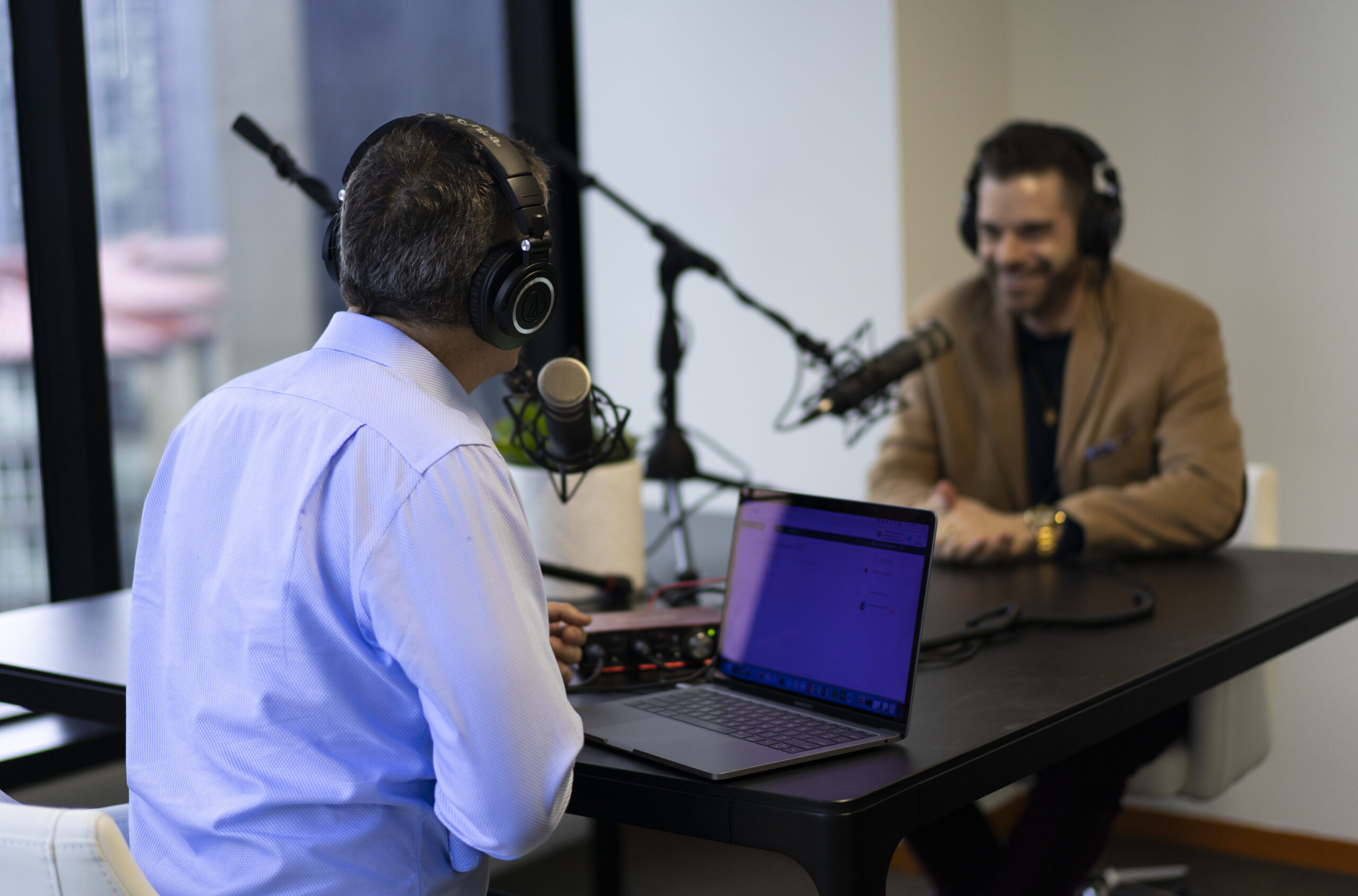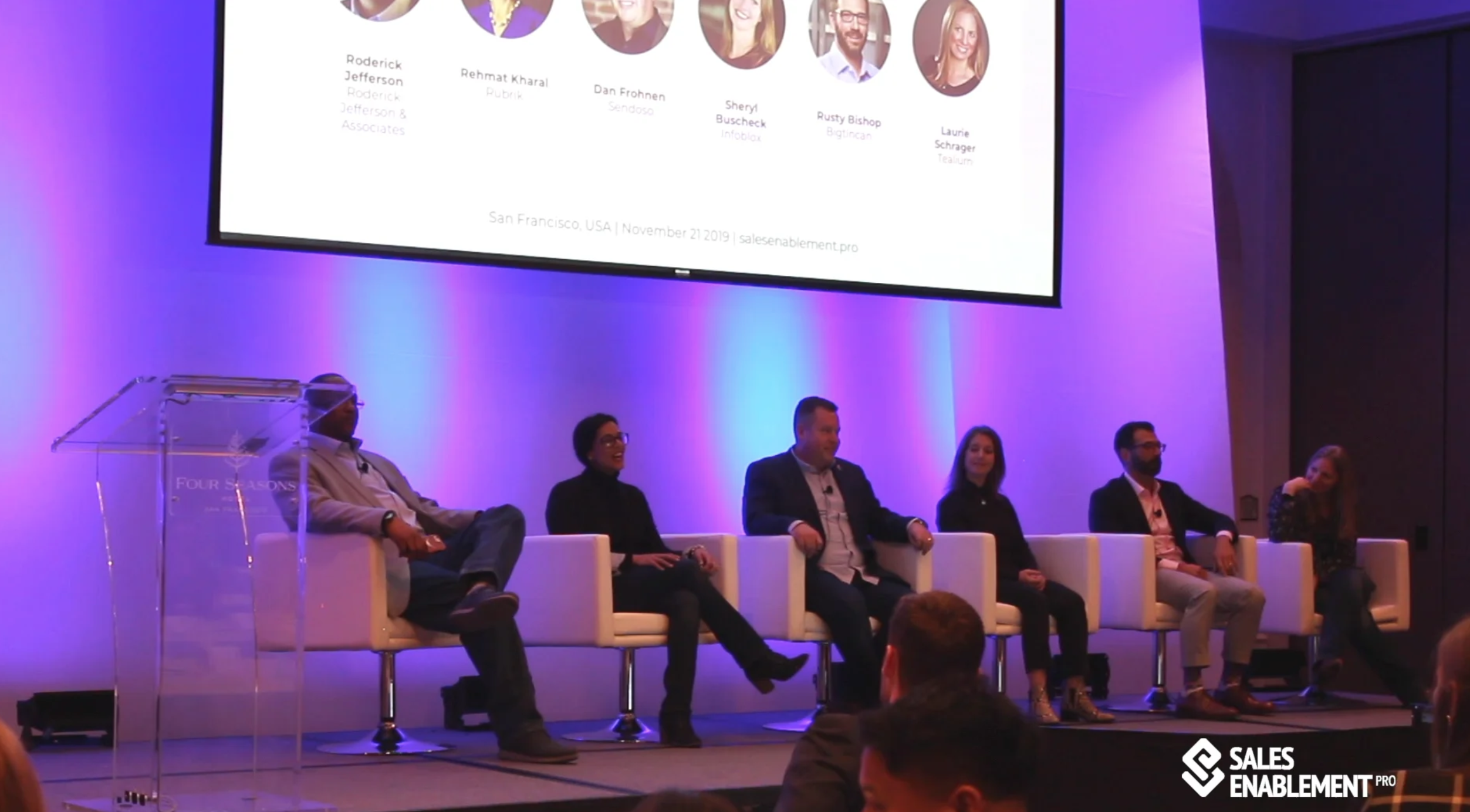Shawnna Sumaoang: Hi, and welcome to the Sales Enablement PRO podcast. I am Shawnna Sumaoang. Sales enablement is a constantly evolving space, and we are here to help professionals stay up to date on the latest trends and best practices so they can be more effective in their jobs.
Thank you so much for joining us today. I would love for you to take a moment and just introduce yourself, your title, and your organization.
Kris Rudeegraap: I’m Kris Rudeegraap. I’m the CEO and co-founder of Sendoso. We’re a sending platform that helps other companies send out direct mail, gifts, and all that cool stuff you want to send offline.
SS: Awesome. Welcome, Kris. We’re lucky to have you join us today. I would love to talk a little bit about today’s buyer, what matters to them, and how they’ve kind of changed the selling landscape.
KR: Yeah, it’s a great question. I think today’s buyers really do a lot of homework in advance of buying. So, there’s a lot of information out there on the web and because of that, when salespeople are reaching out, I think relevancy and personalization are some key things that you’ve got to think about when going after the buyer. I think an orchestrated outreach and not bombarding with generic mass outreach is really what matters to them. I think you’ve probably seen yourself that people can be bombarded with thousands of messages every day, so it’s really reaching out with something that feels more genuine specifically to them.
SS: Absolutely. Absolutely. And I know obviously what Sendoso does, but I think beyond that, what are some of the ways in which you have seen companies better equip their salespeople to engage with these buyers?
KR: Yeah. I mean outside of what we do, I think training is really key. I think making your salespeople smarter, whether it’s onboarding training or whether it’s consistently retraining, really gets going back to making sure that person is really orchestrated in terms of how they do outreach. So, making sure you are providing salespeople with relevant content to share, or tools to engage the buyers at the right time with the right message and the right medium. Whether that’s a phone call, an email, a video message, direct mailer, targeted content, whatever that may be, I think that’s really key to making sure that you are engaging the buyer at the right time.
SS: Absolutely. And what are some strategies from your perspective around encouraging or maybe even training sales reps to be more personalized in their outreach? What are some best practices that you guys have among your sales reps over there at Sendoso?
KR: Yeah, so I think it all starts with research, for sure. So, really learning about the industry, the roles, what are their pain points, how are the buyers looking for success, and KPIs. I think it is above and beyond just research on the prospect’s company, but even themselves — social media profile reviews, blogs they’ve written, podcasts they’ve been on — really trying to find ways to be more personal and relevant in relating to that buyer.
SS: Absolutely, and I think you’re absolutely right that research is important. I think there’s so much information out there that’s available on people nowadays. Have you guys found a way to really kind of streamline and consolidate a lot of that information, just to cut down on the amount of time that it takes your reps to do that research?
KR: Yeah. I think one of the things that we see is breaking it down into groups. In some cases, if you are going after thousands and thousands of buyers, one-to-one can sometimes be time-intensive and not as scalable. So, thinking about what are some of the similarities — whether it’s the role, whether it’s their region, whether it’s background — really looking at different ways that you can do one-to-50 or maybe one-to-25, to scale up your messaging that way. Also, looking at mediums like handwritten notes that really drive authenticity and can be done at scale without losing some of that personalization.
SS: I love that. In addition to that, what are your thoughts on some of the more digital mediums like video to put personalization into messaging? Is that something that your reps are using?
KR: Oh yeah. We love video. I think we do video in a few different ways. We are doing things like video screenshare and video of people’s faces that is embedded into messaging. We are also seeing video in direct mailers work really well. So, a cool box that opens up and a video plays – that works really well, different things like that.
I think also including video in LinkedIn and really encouraging salespeople to think about their own personal brand. We actually have a full-time videographer now so that above and beyond creating content for Sendoso and our social channels, we kind of allow our sales folks to leverage them to create some more personal content to get more video into their LinkedIn and Twitter and other streams.
SS: Awesome. I would love to talk to you about the impact that you’ve seen from personalization via sales efforts. Has Sendoso done any research into the performance improvement that it might have on revenue by way of the businesses that you guys service?
KR: Yes. I think some of the ways we’ve looked at it, we’ve looked at it from a stance of personalization of, like, sending out a mailer with a handwritten note versus a printed note. We did one control study where we saw that it converted 60% better, so it was actually pretty substantial in terms of leveraging personalized handwritten notes versus printed notes. So, that’s one of the ways that we’ve looked at it. It’s sometimes hard to get really granular with comparative KPIs but we really try to do our best to look at that data.
SS: That’s awesome. I think that within a lot of organizations, there is definitely a strong desire to pick direct mail back up as a channel that they are able to offer their reps, but I think that there’s obviously the cost consideration. Nowadays, a lot of efforts even in support of sales are required to prove a return on investment. I’m just curious if you guys had any insight into best practices that you’ve seen among your customers and being able to prove that?
KR: Yeah. So, we look at that ourselves and then we also see some of the unique ways our customers are looking at the ROI of that channel. One of the ways is being able to streamline the data such as how many people you are sending direct mailers to, how much that’s costing, and then tying that all back to campaign data in Salesforce so you can see things like, “okay we spent $4,000 on these thousand mailers, but we’ve generated $4,000,000 in pipe, so what is our spend-to-pipeline ratio?” I think looking at that is an interesting metric for ROI and even comparing that to other channels or other mediums or other ways that you are spending marketing or sales dollars.
There is also a case for I think just the ROI of peoples’ time and effort, since that is one of the tough things with direct mail. You’re moving a product, you’re kitting it, you’re writing notes, you’re putting things together, you’re shipping things out, and that just takes a lot of effort. There’s some ROI to be said on just effort, if you’re doing this inhouse and you’re spending marketers or salespeople’s time on that versus other selling activities.
SS: Awesome. I have a little bit of a side question. I’m just curious, given that you guys have so many customers, have you guys also looked at trends across when certain engagement activities occur if there is a stronger return on that investment?
I’ve noticed just being on the receiving end that often, if I get a direct mail maybe right when I’m about to go up for renewal or maybe when I’ve stayed up late to get a contract signed, I get a Starbucks gift card the next day. Those are the things that have been really memorable, and I’m just curious if you’ve done research into best practices around that?
KR: Yeah. Great question. I think we’ve done some research and what we’re able to do is really operationalize the ability to do this at scale. So, coming up, just like you said, with these wow-able moments that matter in the customer lifecycle. Whether it’s certain milestones during the customer onboarding and product milestones, whether it’s life moments like understanding that your customer just had a baby or got married or some other moments like that, that drive more human relations. I think it’s something that we see as very impactful and something that people will remember, just like you said, of getting a Starbucks card or some kind of baby onesie, things like that. You will be more connected with that person and they are more likely to continue to do business because of that.
SS: Absolutely. I think you’re right. There is a human element that seems to be lacking on the sales side these days. So much of it has become almost automated, if you will, and so I think that the more personalization that reps can offer, the better. I would love to shift gears a little bit though and ask you as CEO, what advice do you have for sales enablement practitioners on how they can better work with executive stakeholders to gain support for sales enablement?
KR: Yeah. I think that’s something really relevant. We actually just hired another sales enablement manager. We’re growing that team, and as part of that, what I really like to do is connect initiatives to KPIs. So, for example, if there’s a training initiative, is this helping new reps to close? How many days until their first deal?
I think any time there’s an initiative, it’s what is the internal KPI or external, whether it’s a certain goal of hitting quota or engaging interactions, or things like time to close, time to ramp, things like that. And if we can tie those things in and actually meaningfully track it, then me as a CEO, I’m willing to support any of these initiatives.
SS: Awesome. I would love to talk about some of the initiatives that you guys have had at Sendoso. Can you talk to us about maybe one or two of the sales enablement initiatives that have been most impactful for your reps and why?
KR: Yeah. Great question. One of the initiatives was around really creating content that they can leverage at their disposal, so this was key to where we are looking at marketing-created content for different verticals, different personas, and that was really key in terms of the sales enablement piece because, again, it goes all the way back to personalization and having the right content that resonates with the buyer.
We’re all in on sales enablement. We actually have an enablement director that looks across actually more than just sales and then there’s a sales enablement team, instructional designers, etc., under him as well. So, we wanted to make sure that we really doubled down on training and other initiatives and provided leadership for that as well.
SS: Interesting. And you mentioned that you’re looking beyond just sales. Can you elaborate on that?
KR: Yeah. We look at how what we’re doing in training for sales is relevant for the customer success team and how we’re kind of aligning and training the customer success team based on how we are providing supporting content, training, and retraining for the sales team. So, we kind of look at it as the entire customer journey. If we’re doing sales enablement and only focusing on the sales side, how are we looking at the sales enablement piece too and making sure that it’s all consistent?
SS: I love that. There’s been a lot of talk around ensuring that enablement is actually spanning the entire customer lifecycle, so I love that you guys are very much on the cutting edge on that front.
KR: Yeah. I think a lot of companies kind of double-down on just the prospect sales enablement, creating content for that when creating that same content and marketing it to the existing customers can be just as important, I think. That’s why we really removed the word “sales” from enablement and have an enablement director that kind of looks all across the customer buying lifecycle. Then, we have a specific individual that’s focused on just the sales side as well as some of the instructional design.
SS: Thanks for listening. For more insights, tips and expertise from sales enablement leaders, visit salesenablement.pro. If there is something you would like to share or a topic you want to know more about, let us know. We would love to hear from you.







